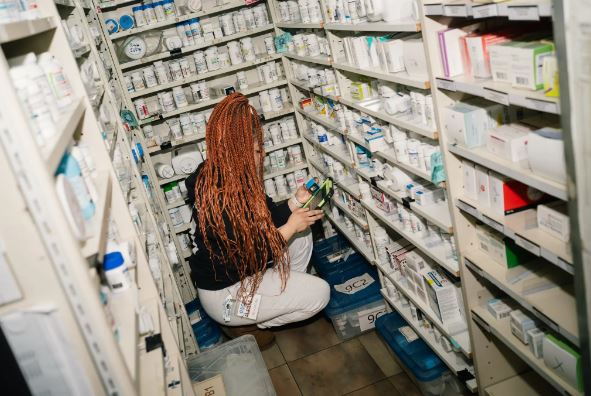The high cost of prescription drugs in the United States has once again come into focus with Florida’s recent plan to import medications from Canada, approved by the Food and Drug Administration. Research consistently highlights that drug prices in the U.S. are notably higher than those in other wealthy nations, nearly double those in France and Britain in 2018, even when factoring in discounts that reduce costs for American health plans and employers.
Several factors contribute to the soaring drug prices in the U.S., reflecting a complex and multifaceted issue that impacts consumers, health plans, and the broader healthcare system.
Lack of Central Negotiator:
Unlike other wealthy countries that rely on a single negotiating entity, often the government, to decide on acceptable drug prices, the U.S. negotiates with pharmaceutical companies through tens of thousands of health plans. This fragmented approach diminishes the bargaining power of buyers, leading to higher prices. Although the Inflation Reduction Act of 2022 granted Medicare limited authority to negotiate drug prices, broader negotiating capabilities are deemed necessary to address the overall issue.
Absence of Price Controls:
While some countries cap the growth of drug companies’ sales or set limits on how much they will pay for medicines, the U.S. lacks such price controls. This absence of legal restraints allows drug companies to set prices for patients covered by commercial insurance and establish introductory sticker prices for new drugs without limitations.
Perverse Incentives in the System:
The current system generates perverse incentives that contribute to higher drug costs. For instance, under Medicare policies, doctors pay upfront for drugs administered in their offices and bill Medicare for both the drug’s cost and a percentage to cover their overhead. This structure incentivizes doctors to choose higher-priced drugs. Pharmacy benefit managers (P.B.M.s) also contribute to misaligned incentives, as they profit more when drug sticker prices are higher, sometimes disregarding cheaper alternatives.
Fragmented and Complicated System:
The U.S. healthcare system is fragmented and intricate, involving various stakeholders such as drug manufacturers, P.B.M.s, insurers, and health care payers. This complexity results in higher drug spending, confusion for doctors and patients in determining actual costs, and challenges for researchers trying to analyze and propose solutions.
Patent Gaming and Prolonged Monopolies:
In the U.S., drug companies use tactics to extend their monopoly periods, preventing lower-priced generic competitors from entering the market. Strategies like accumulating patents, even for aspects tangentially related to the drug, contribute to delaying competition. This has been evident in cases like AbbVie’s prolonged monopoly on the anti-inflammatory drug Humira in the U.S. compared to Europe.
Market-Driven Drug Prices:
Drug prices in the U.S. are set based on what the market can bear, reflecting a market-driven approach. While pharmaceutical companies argue that prices align with the value their products provide to society, this model lacks constraints, potentially leading to exorbitant prices. The comparison with other essential resources, like water utilities charging the full value of water, highlights the potential pitfalls of this approach.
Addressing the challenges associated with high drug prices requires a comprehensive and systemic approach. Efforts to consolidate negotiating power, implement effective price controls, realign incentives across the healthcare system, simplify the complex landscape, and curb practices that prolong monopolies are essential steps. Additionally, a focus on transparency and collaboration among stakeholders is crucial to creating a more equitable and sustainable system that ensures access to affordable medications for all Americans.

